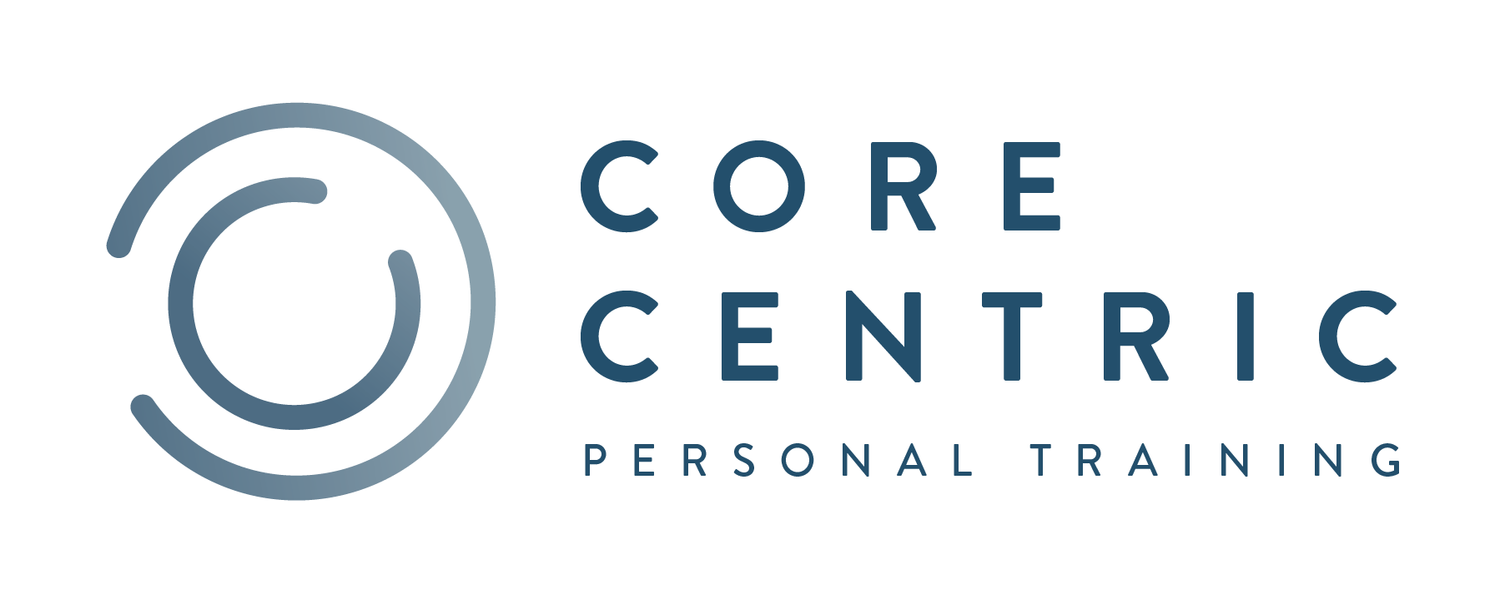It’s more about the Fascia
Learn more about the connective tissue in you body, the fascia.
The connective tissue in the body, the fascia, is most likely the reason for back pain and instability. Most people with back pain are told to improve their core strength. Most people with balance issues are told to practice standing on one leg. The strength of the muscles in core conditioning is most likely not the problem. Current studies are proving that the chain reaction in the connective tissue, the movement patterns are more often the culprit of the dis - ease.
In 2010, just 12 years ago, the book "The Myth of Core Stability," by Professor Eyal Lederman, Physiotherapist, Ph.D., and Doctor of Osteopathy in London, UK gave several viewpoints. Two of particular importance: 1- weak or dysfunctional abdominal muscles will not lead to back pain; and 2 - tensing the trunk muscles is unlikely to provide any protection against back pain or reduce the recurrence of back pain. That was quite questionable in 2010 and is now being proven true. In addition, recent studies are showing most back pain being related to the fascia rather than muscle.
Sometime after the age of about 26, the scaffolding of our body starts to change. Instead of the skin being as taut and the underlying tissue being hydrated and supple it reverses. Our repetitive movement patterns create dehydration and our skin loses some of the elastin.
Without noticing much discomfort, our movements can become smaller. The top shelf and lower cabinet get used for things you don’t need access to resulting in not noticing you can’t reach high or bend down. People buy slip-on shoes to avoid bending forward to tie the laces. Things like that get little second thought. It is easy to avoid thinking about.
By regularly moving and being less sedentary we can often avoid the discomfort. Key word there is regularly. Regularly is most days. Regularly moving such that you find ease in the entire body moving. Walking is a great example of “a best” regular movement. There is natural rotation and reach throughout the body. The arms swing, the legs swing, you look around. Walking is core conditioning and it is fascia conditioning. Walking stimulates whole body movement.
Clinical studies show that stimulating inner-connectedness, neuro muscular and neurocognitive reaction is more effective in reducing chronic pain and/or improving balance. The collagen and elastin are fibers in the fascia, the inner connections. These are the fibers that keep our scaffolding (skin and other soft tissue) strong.
The muscles are the motors. The non-muscle fascia is the leverage. The non-muscle fascia of collagen and elastin are the absorption and transfer mechanism of force. Collagen can be thought of as a spring. A loaded spring transfers the force of the movement. Think of the elastin as an elastic band. The elasticity of the tissue relies on the elastin. Elastin keeps your internal memory foam support. You need the fibers in the fascia to slide and glide for healthy force absorption. If you are dehydrated in the tissue, there is no slide and glide. If you are sedentary, there is no slide and glide. Instead you may experience achiness in gummed up tissue. It makes sense to care for that soft tissue as much as strengthen the muscle.
Soft bouncing and tapping can release the gummed up tissue and support and connect the fibers. Working with the tissue to release holding patterns in our bodies reduces pains that are limiting movement and mobility and causing instability. Bouncing can help you move better and feel better. Melt Method techniques and sequences of compression and vibration and bouncy movement can hydrate and stimulate the tissue to respond. This type of movement will then support the muscular strength and provide the needed leverage for ease in your body.
Let’s explore this a little – I’ll walk you through.
Start seated and start small, there should be no pain – zero, nada. Let’s get moving and find the movements that will bring you balance and confidence to move more.
Sit in your chair, slowly move or bounce the hips forward and back. Think of an infant before they stand, they get excited and wiggle their butt – start with a little wiggle. (that little wiggle is strengthening the core!) Now stand in a place you feel supported and soften the knees and let the body bounce lightly there. Enjoy the silly of it all. You know, the first thing a baby will do once they can hold themselves up is bounce. Something to think about.
That’s it!
It seems very much like nothing but can do so much within your body! I bet if you had checked your balance before you bounced and then after you bounced, you would be more balanced afterwards! Bouncing stimulates the signals and creates new pathways.
Move small, move big, move front, move back. If you think you can’t bounce, well, you are not alone! It has to be practiced.
This content was originally published here: It’s More About the Fascia – The Vashon Loop
Sandi Silagi
Certified Applied Functional Strength and Nutrition Coach with additional certifications in Pilates, Melt Method, Franklin Method, Golf Fitness and a much loved history in dance
Sandi is co-owner of Core Centric Training on Vashon Island. Core Centric offers personal training, partner training, small group classes and workshops. The workshops in Strength and Stability Through Fascial network with focus on Feet, Pelvis and Low Back are offered monthly online. Visit CoreCentricTraining.com. 206.388.8953

